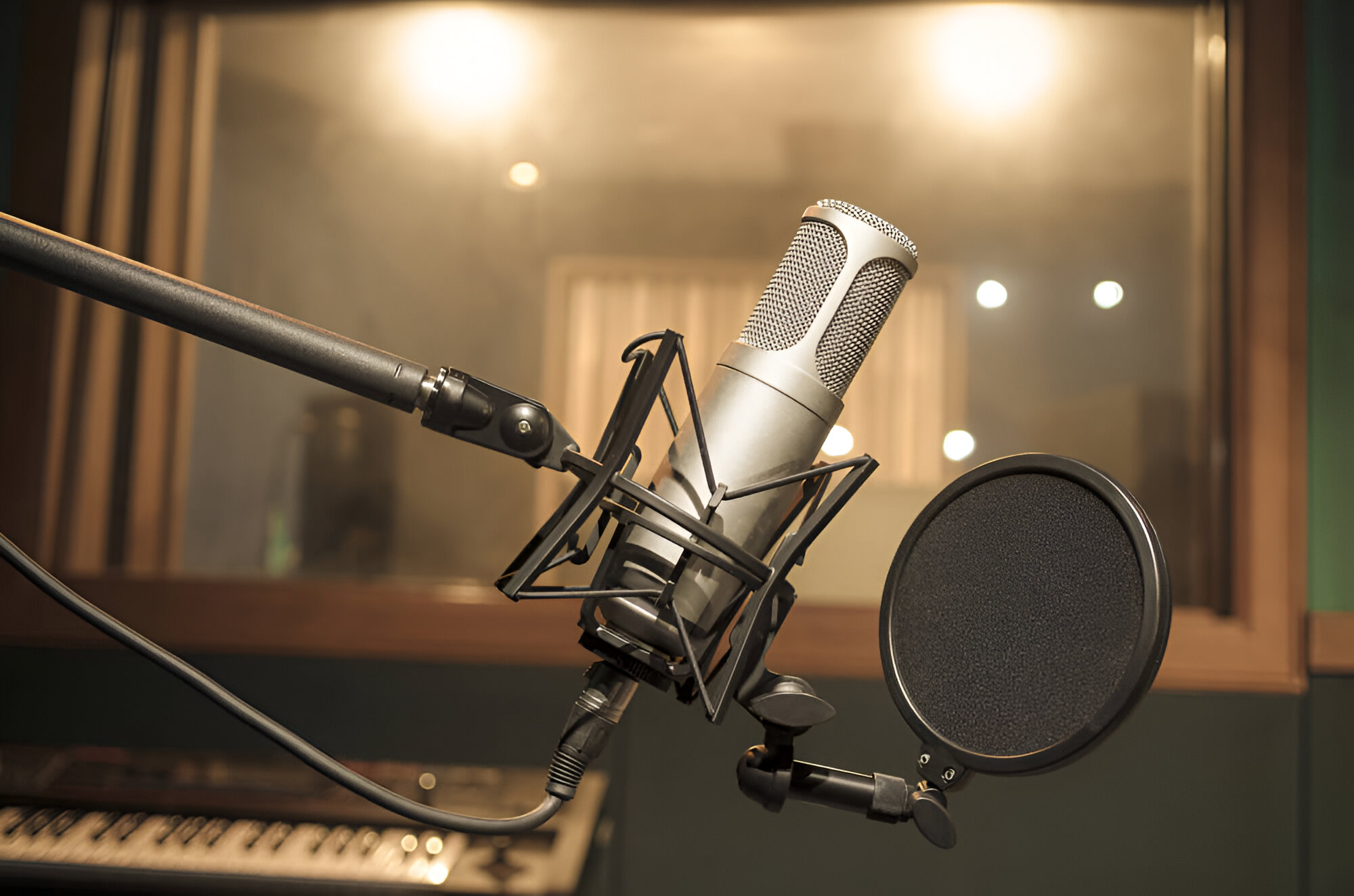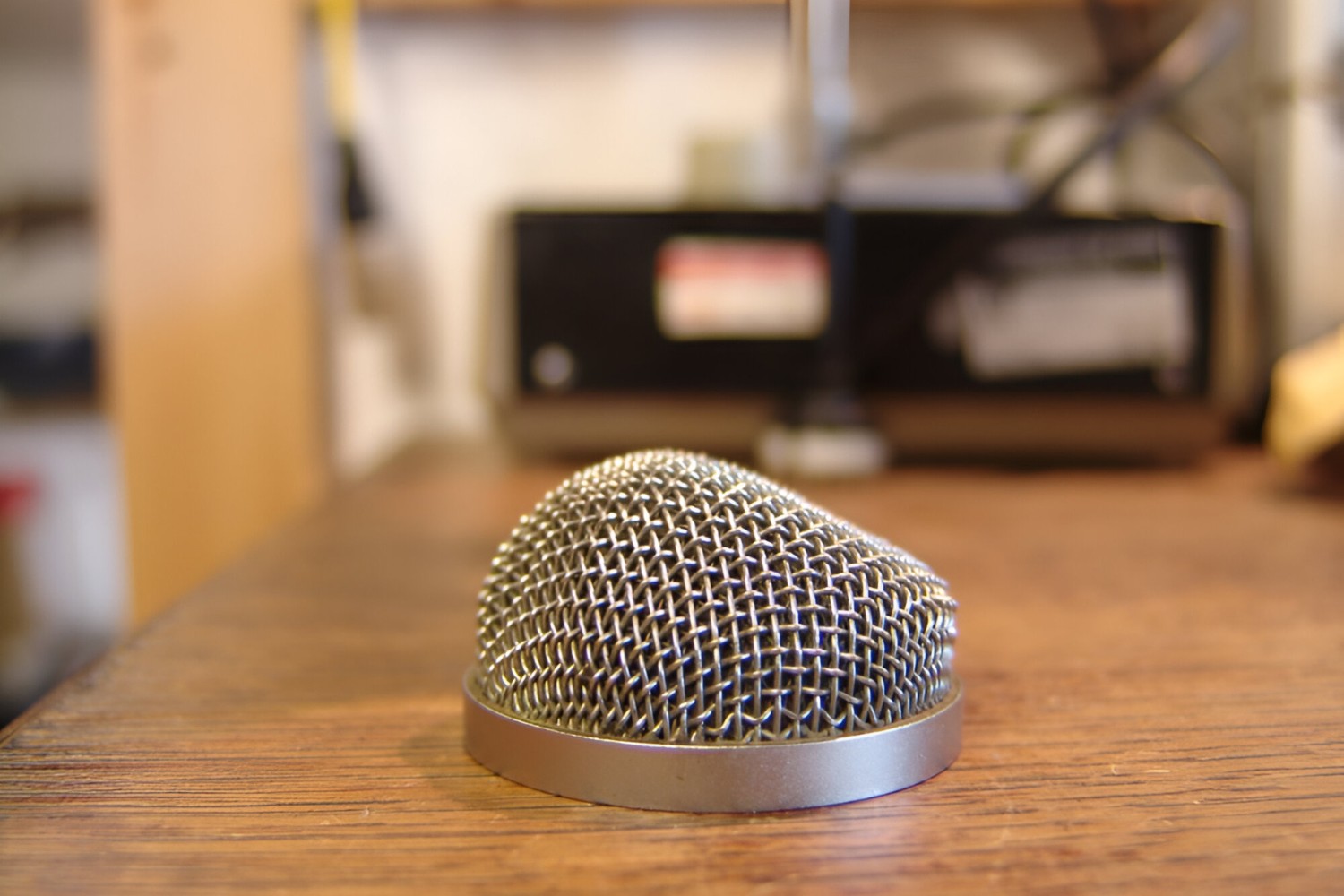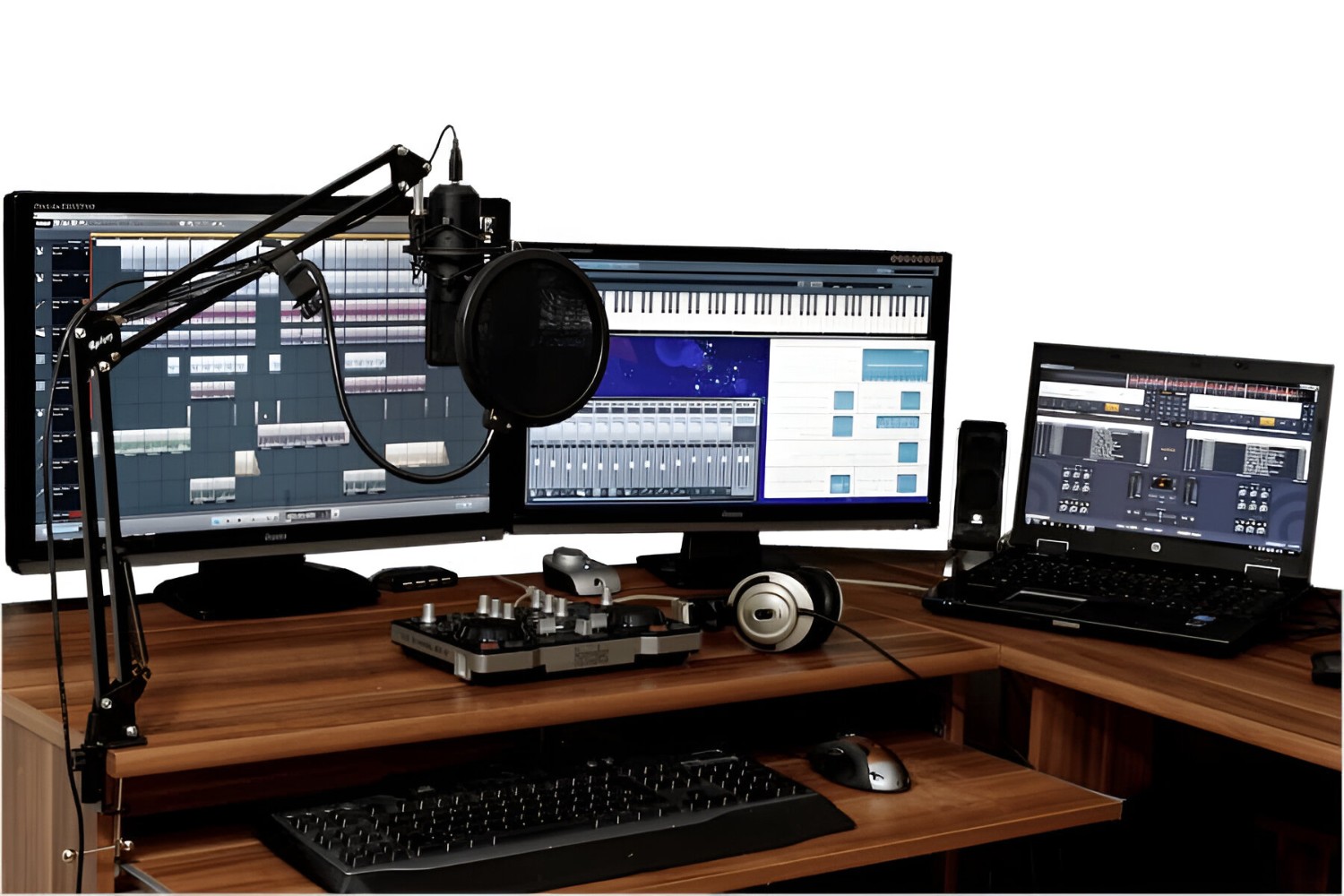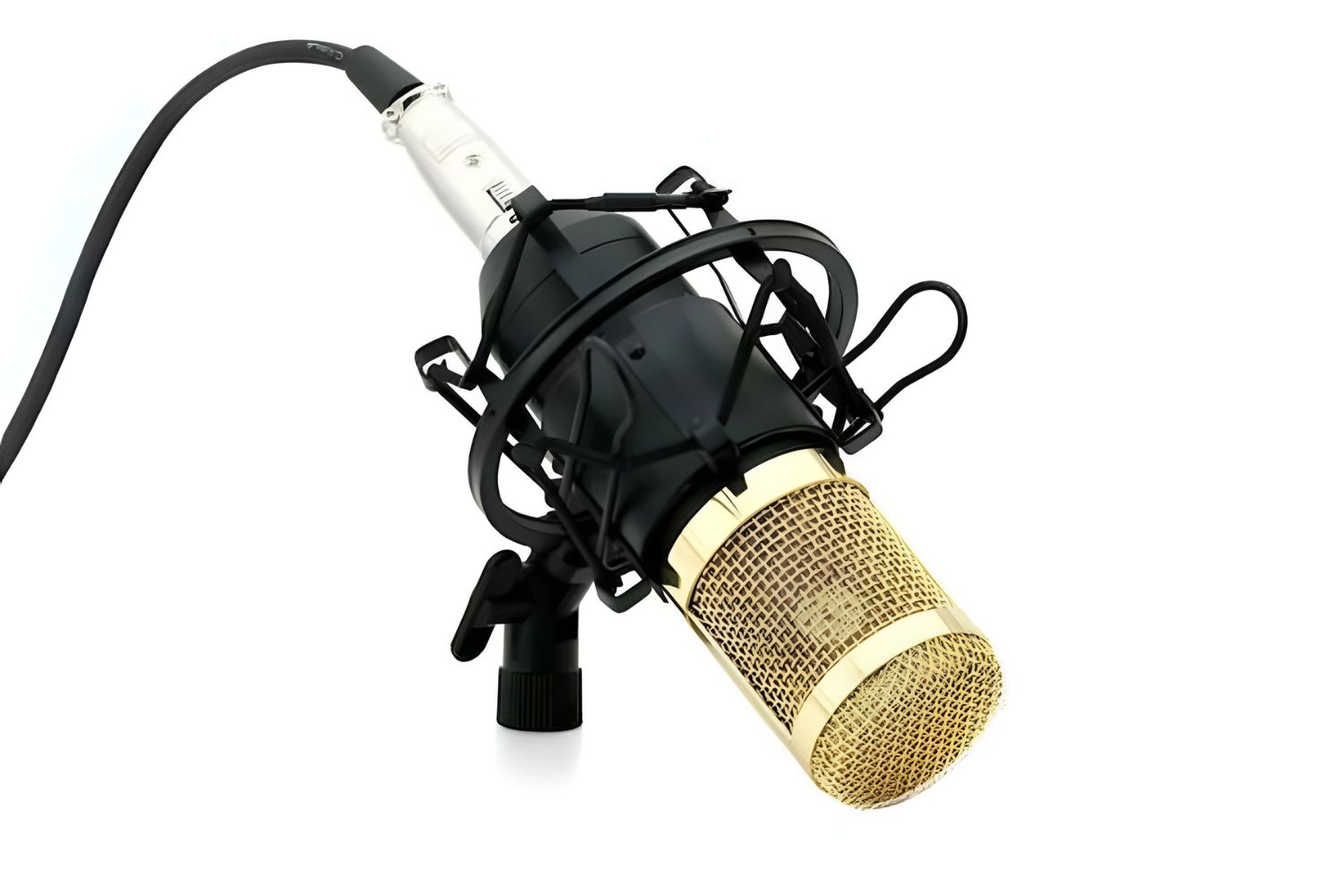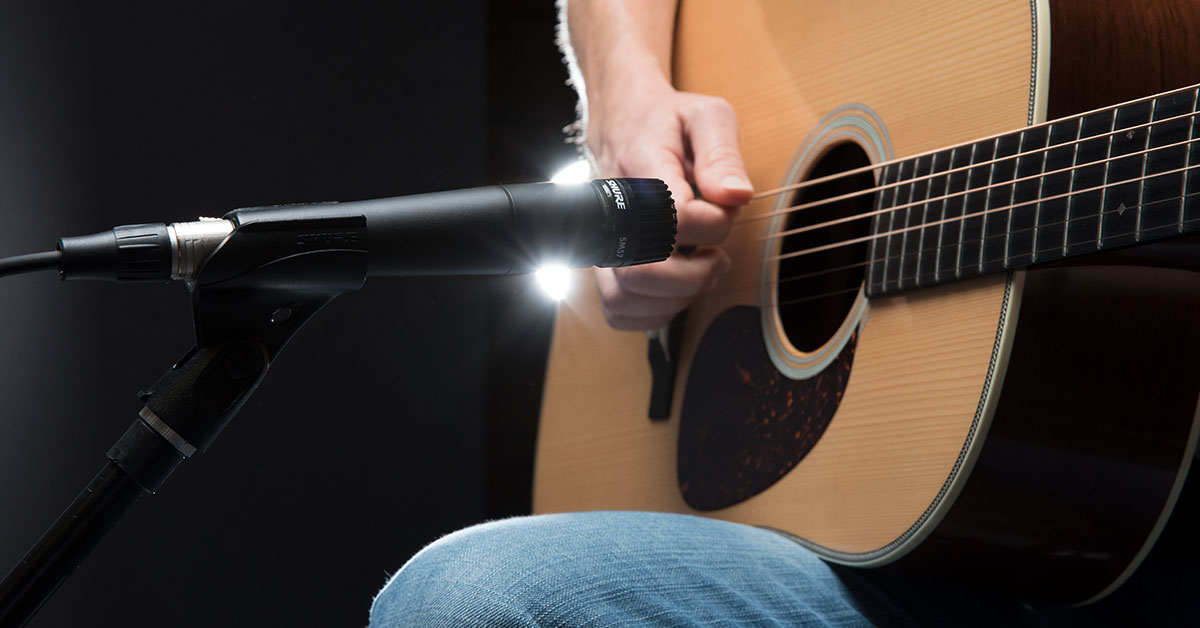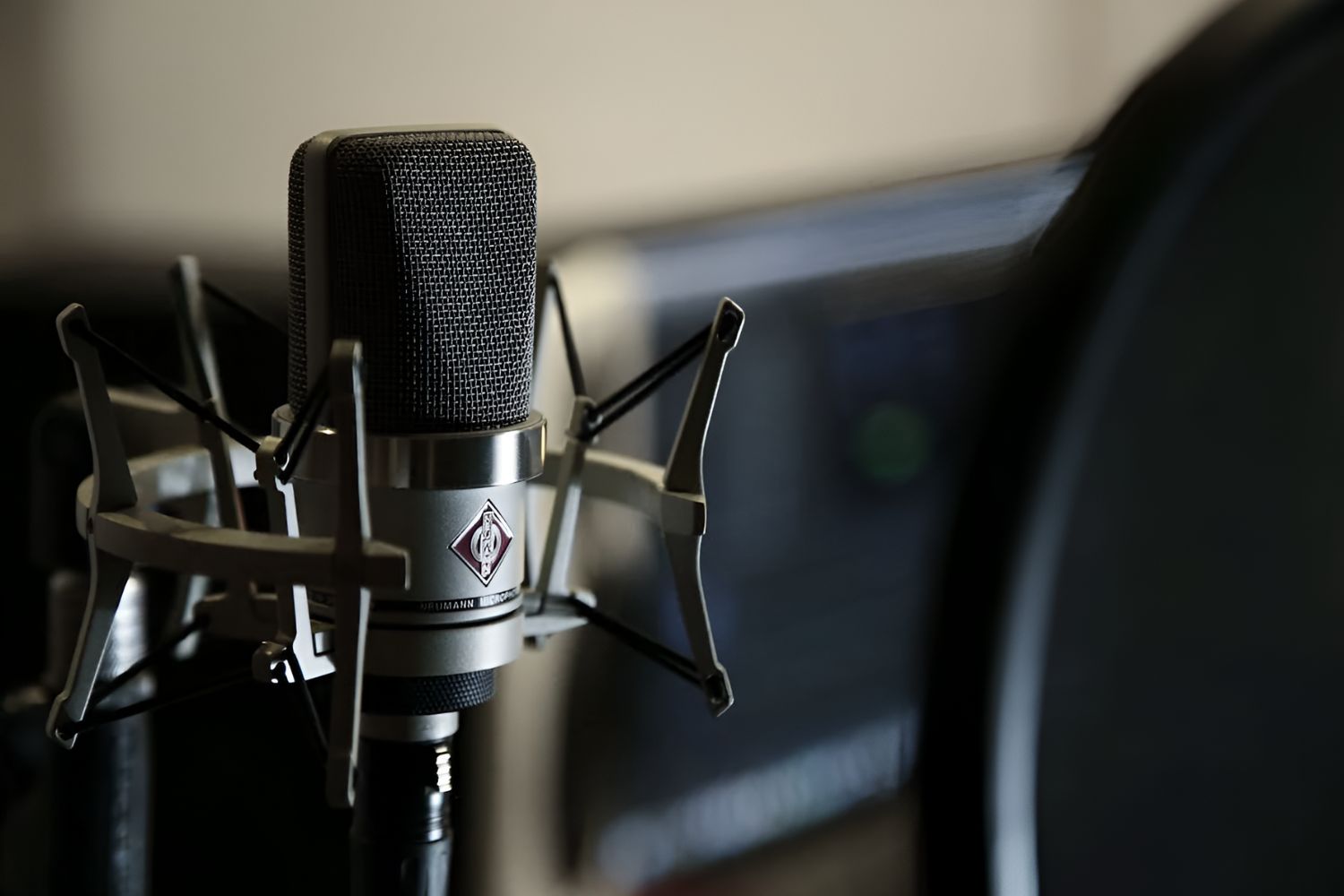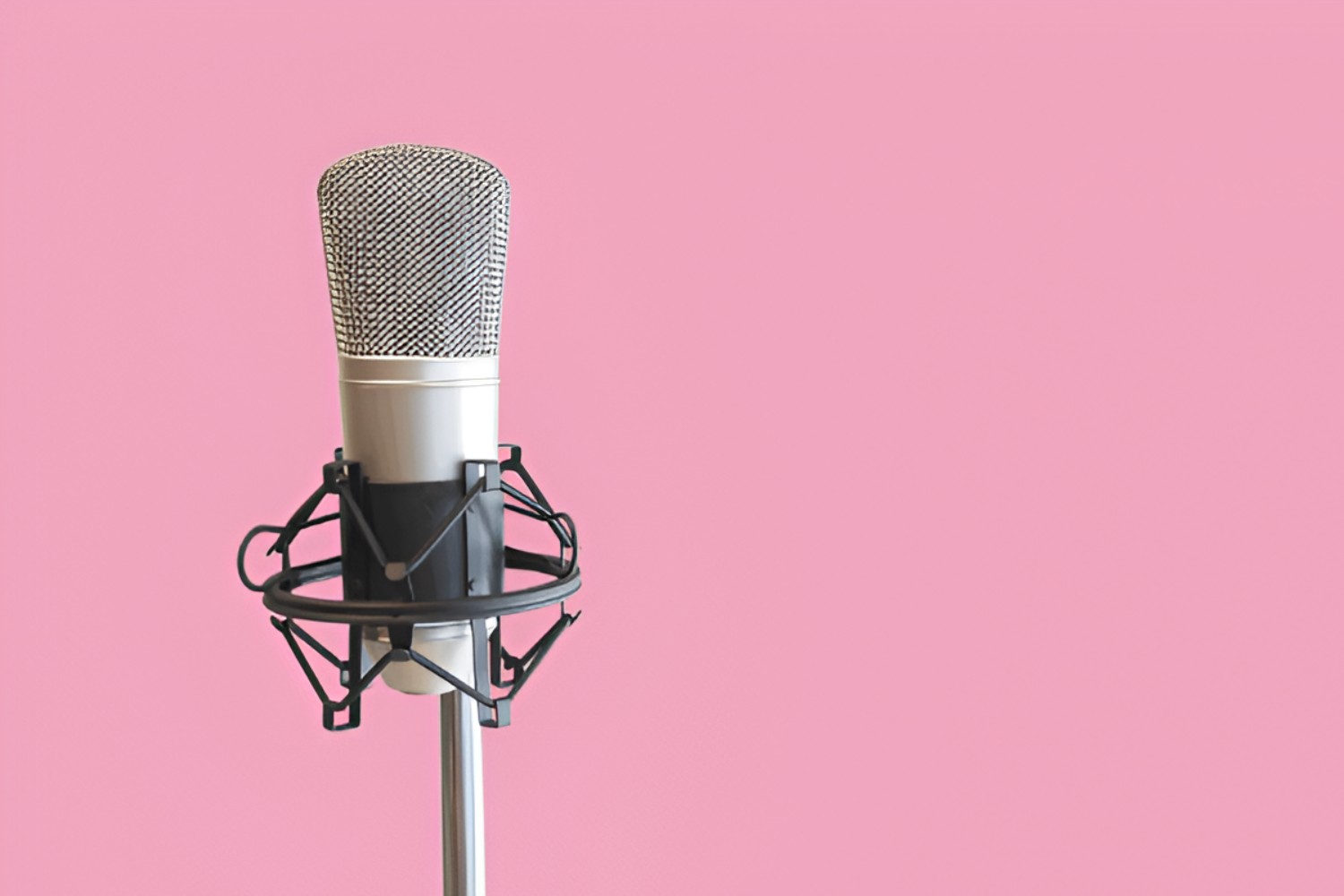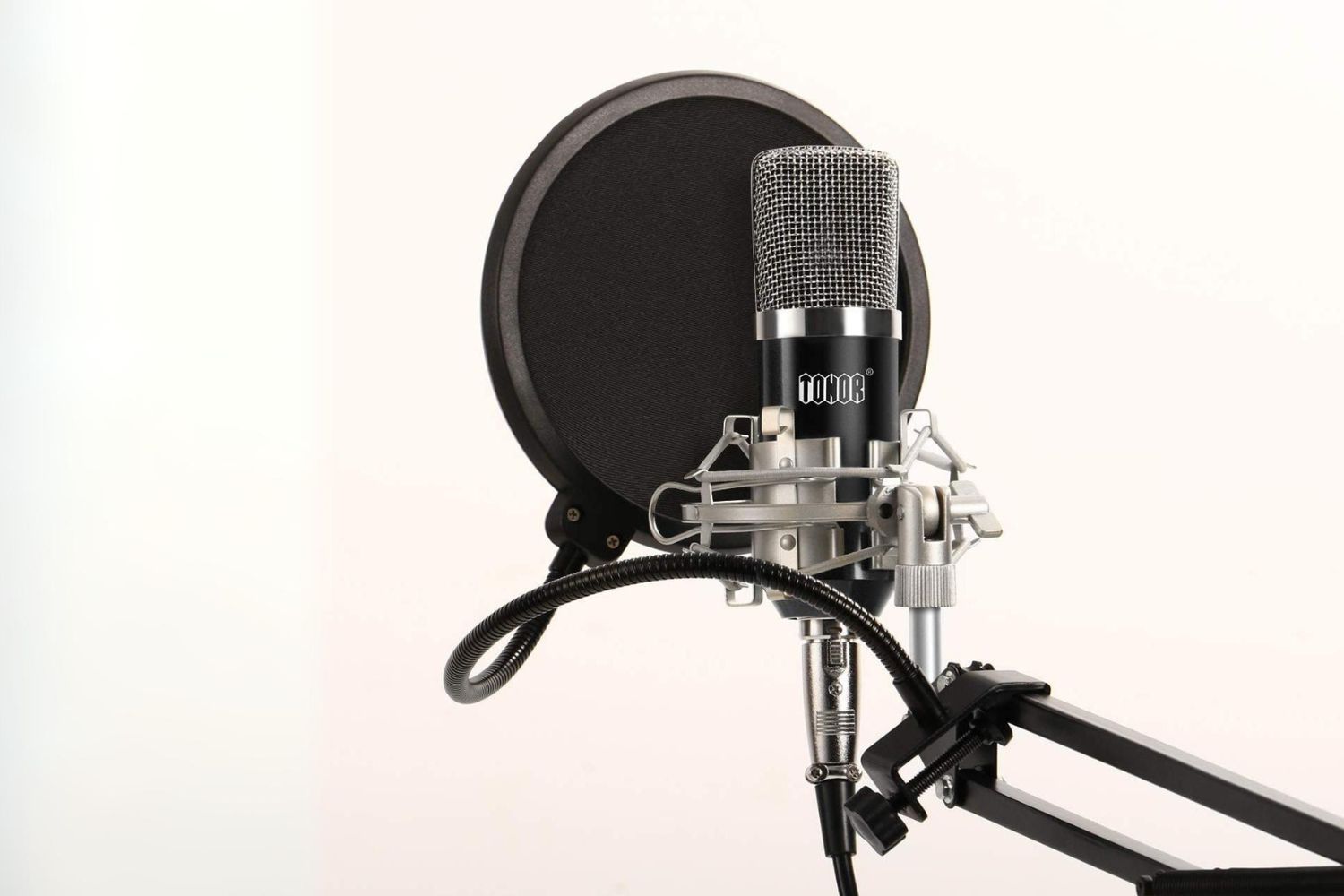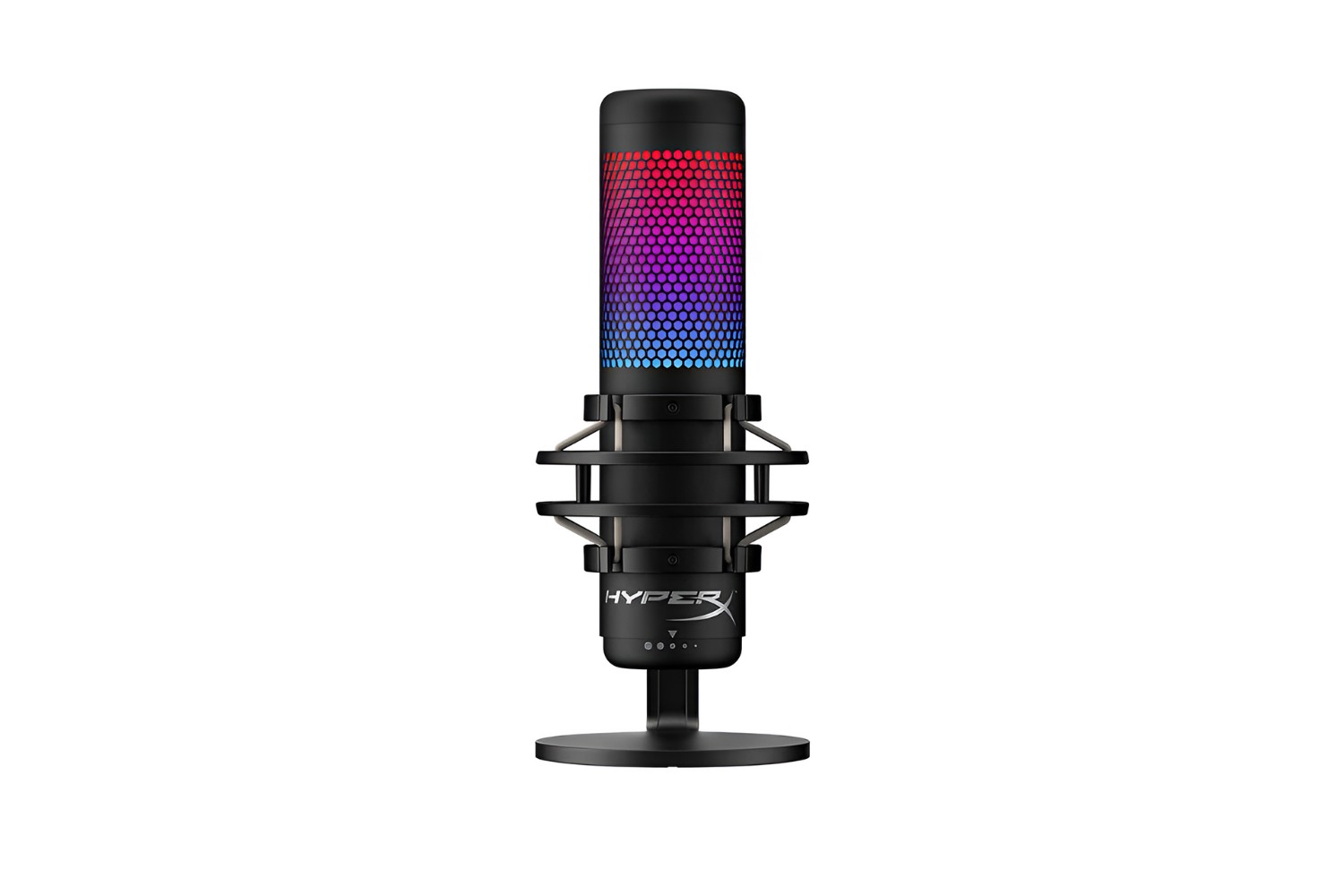Introduction
Introduction
So, you've got your hands on a condenser microphone, but you're not sure if it's working properly. Don't worry; we've got you covered. Testing a condenser microphone to see if it's functioning as it should is a straightforward process that anyone can do. Whether you're a podcaster, musician, or content creator, ensuring your microphone is in good working order is essential for delivering high-quality audio.
In this guide, we'll walk you through the steps to test your condenser microphone and troubleshoot any potential issues. From checking physical connections to using sound recording software, we'll cover everything you need to know to determine if your condenser microphone is in working condition.
Let's dive in and get your condenser microphone up and running!
So, you’ve got your hands on a condenser microphone, but you’re not sure if it’s working properly. Don’t worry; we’ve got you covered. Testing a condenser microphone to see if it’s functioning as it should is a straightforward process that anyone can do. Whether you’re a podcaster, musician, or content creator, ensuring your microphone is in good working order is essential for delivering high-quality audio.
In this guide, we’ll walk you through the steps to test your condenser microphone and troubleshoot any potential issues. From checking physical connections to using sound recording software, we’ll cover everything you need to know to determine if your condenser microphone is in working condition.
Let’s dive in and get your condenser microphone up and running!
Check the Physical Connections
Before delving into complex troubleshooting methods, it’s important to start with the basics. Begin by examining the physical connections of your condenser microphone. Ensure that the microphone is securely connected to the appropriate input on your audio interface or recording device. If your microphone utilizes XLR connections, confirm that the cable is firmly plugged into both the microphone and the preamp or audio interface.
Additionally, if your condenser microphone features a USB connection, verify that the USB cable is properly inserted into both the microphone and your computer’s USB port. Sometimes, a loose or faulty connection can lead to issues with microphone functionality.
Inspect the cable for any signs of damage, such as fraying or exposed wires, as this could also impact the microphone’s performance. If you notice any damage, consider replacing the cable with a new one to see if it resolves the issue.
Furthermore, if your condenser microphone requires phantom power to operate, ensure that the phantom power switch on your audio interface or mixer is activated. Without phantom power, condenser microphones may not function correctly, so it’s crucial to confirm that this feature is enabled if necessary.
By meticulously examining the physical connections of your condenser microphone, you can address any potential issues stemming from faulty connections or inadequate power.
Use a Different Audio Input
If you suspect that your condenser microphone isn’t functioning as expected, it’s worth exploring the possibility of an issue with the audio input you’re using. Begin by testing the microphone with an alternative audio input, such as a different XLR input on your audio interface or a separate USB port on your computer.
By connecting the microphone to a different input, you can determine if the problem lies within the original input or if it’s specific to the microphone itself. This simple troubleshooting step can help isolate the source of the issue and guide you toward a resolution.
When testing with a different audio input, pay close attention to any changes in the microphone’s behavior or performance. If the microphone functions properly when connected to an alternative input, it may indicate that the initial input is experiencing issues. In such cases, you can further investigate the specific input for potential malfunctions or compatibility issues.
Conversely, if the microphone exhibits the same irregularities across multiple audio inputs, it suggests that the issue may be related to the microphone or its settings, prompting further investigation into those areas.
By utilizing a different audio input for testing purposes, you can gain valuable insights into the root cause of any performance issues with your condenser microphone and take appropriate steps to address them effectively.
Test with a Different Device
When troubleshooting the functionality of a condenser microphone, it’s beneficial to test the microphone with a different recording device. This approach can help determine whether the issue is specific to the microphone or if it may be related to the original recording device or its settings.
Begin by connecting the condenser microphone to an alternative recording device, such as a different computer, audio interface, or digital recorder. By doing so, you can assess whether the microphone performs differently when paired with a separate device.
During the testing process, pay attention to the microphone’s behavior and the quality of the audio it captures. If the microphone functions as expected with the alternative device, it suggests that the original recording device or its settings may be contributing to the perceived issues.
Conversely, if the microphone exhibits similar irregularities when used with a different device, it indicates that the problem may be inherent to the microphone itself, prompting further investigation into its components and settings.
By testing the condenser microphone with a different recording device, you can gain valuable insights into the nature of any performance issues and make informed decisions regarding the necessary troubleshooting steps. This method allows you to pinpoint whether the problem lies with the microphone, the original recording device, or their compatibility, facilitating a more targeted approach to resolving the issue.
Check the Microphone Settings on Your Device
When assessing the functionality of a condenser microphone, it’s essential to review and adjust the microphone settings on your recording device or audio interface. Incorrect settings can significantly impact the microphone’s performance, leading to issues such as low volume, distorted audio, or no sound output.
Start by accessing the audio settings on your device and verifying that the input source is correctly configured to recognize the condenser microphone. Ensure that the appropriate microphone input is selected, and the input levels are adjusted to an optimal range to capture clear audio without distortion.
If your recording device features software or driver settings specific to the microphone, navigate to these settings to confirm that they align with the microphone’s specifications and recommended configurations. Adjust any relevant settings, such as sample rate, bit depth, or input gain, to ensure they are conducive to the proper functioning of the condenser microphone.
Furthermore, if your microphone requires phantom power to operate, double-check that the phantom power feature is activated within the device’s settings. Without phantom power, condenser microphones may exhibit reduced sensitivity or fail to produce any audio output.
Throughout the process of reviewing and adjusting the microphone settings, periodically test the microphone to assess any changes in its performance. By fine-tuning the settings on your recording device or audio interface, you can optimize the compatibility and functionality of the condenser microphone, potentially resolving any issues stemming from incorrect configurations.
Use a Sound Recording Software
Utilizing sound recording software can be instrumental in diagnosing and troubleshooting potential issues with a condenser microphone. By employing dedicated recording software, you can gain deeper insights into the microphone’s performance and capture audio samples for analysis.
Start by opening your preferred sound recording application, such as Audacity, Adobe Audition, or GarageBand, and configure the software to recognize the condenser microphone as the input source. Ensure that the input settings within the software align with the specifications of the microphone, including sample rate, input channels, and input levels.
Once the microphone is properly configured within the recording software, proceed to capture audio samples while monitoring the microphone’s behavior. Record various vocal or instrumental passages to assess the clarity, volume, and fidelity of the captured audio. Pay attention to any anomalies, such as background noise, distortion, or intermittent signal dropout, as these may indicate underlying issues with the microphone.
Additionally, consider conducting a microphone test within the recording software by speaking or singing into the microphone at different volumes and pitches. This comprehensive evaluation can reveal nuances in the microphone’s performance and aid in identifying any irregularities that may require troubleshooting.
Furthermore, you can utilize the recording software to visualize the microphone’s input levels and waveform display, allowing you to pinpoint any inconsistencies or abnormalities in the audio signal. This visual representation can offer valuable insights into the microphone’s output and assist in diagnosing potential issues.
By leveraging sound recording software to assess the performance of your condenser microphone, you can gather essential data and observations to inform your troubleshooting efforts. The comprehensive analysis facilitated by recording software can aid in identifying and addressing any underlying issues affecting the microphone’s functionality, ultimately leading to improved audio capture and performance.
Conclusion
Testing a condenser microphone to ensure its proper functionality is a fundamental aspect of maintaining high-quality audio production. By following the outlined steps, you can systematically assess and troubleshoot any potential issues affecting the performance of your condenser microphone.
Start by checking the physical connections of the microphone, ensuring secure and intact cabling while verifying the availability of phantom power if required. Subsequently, explore the use of different audio inputs and recording devices to isolate the source of any performance irregularities, enabling targeted troubleshooting.
Reviewing and adjusting the microphone settings on your recording device or audio interface is crucial, as incorrect configurations can significantly impact the microphone’s output. By fine-tuning these settings, you can optimize the compatibility and functionality of the condenser microphone.
Additionally, leveraging sound recording software for comprehensive audio capture and analysis can provide valuable insights into the microphone’s performance, aiding in the identification of any underlying issues that may require attention.
Ultimately, by methodically testing and evaluating your condenser microphone using the provided strategies, you can gain a deeper understanding of its functionality and address any potential concerns effectively. This proactive approach ensures that your condenser microphone operates optimally, allowing you to deliver exceptional audio content across various creative endeavors.
By methodically testing and evaluating your condenser microphone using the provided strategies, you can gain a deeper understanding of its functionality and address any potential concerns effectively. This proactive approach ensures that your condenser microphone operates optimally, allowing you to deliver exceptional audio content across various creative endeavors.







